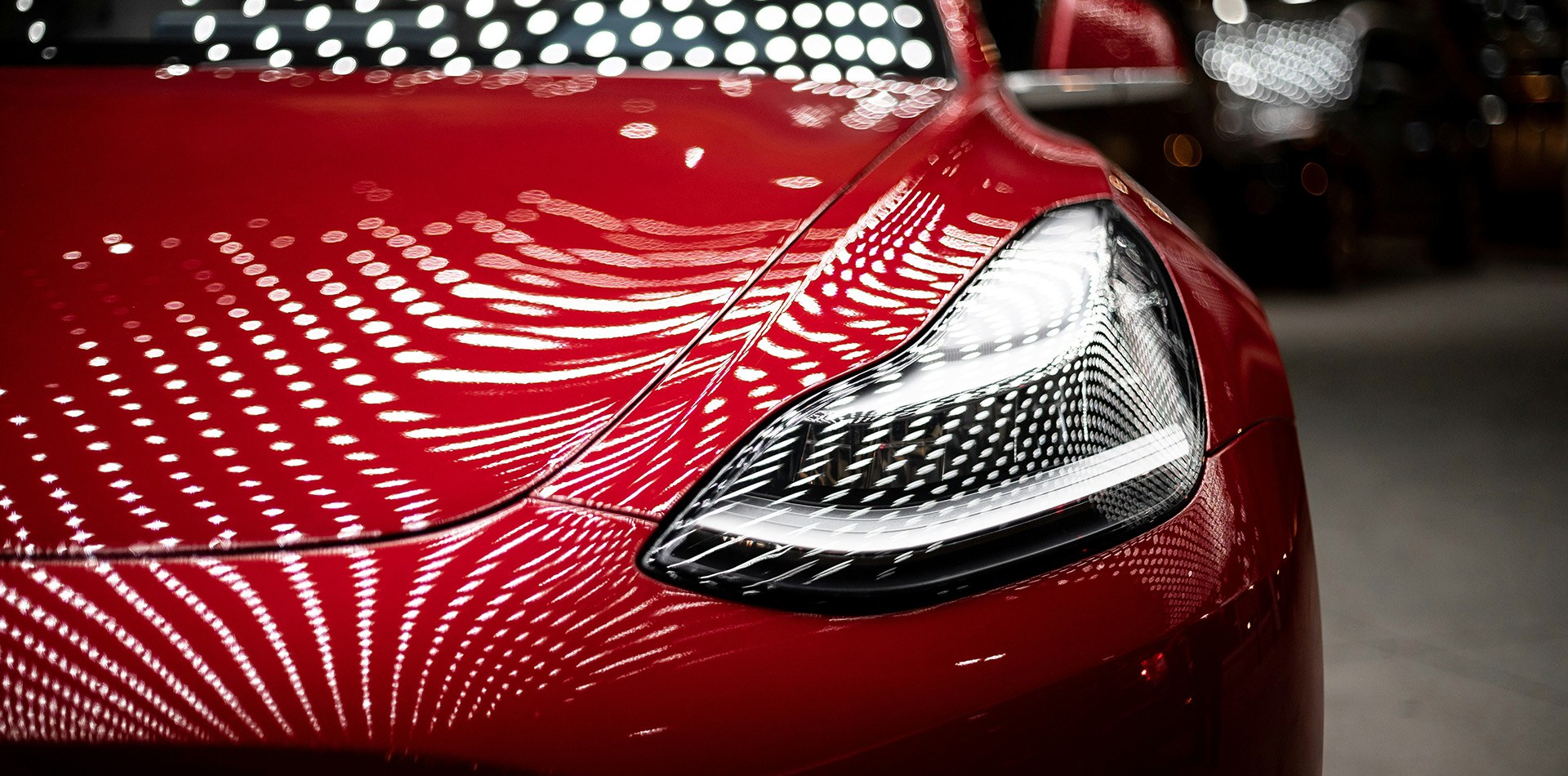What Is Going on with Tesla?
“This recall is written in blood,” Former NTSB Chairman Robert Sumwalt said in a CBS report that aired in December. He was talking about the recent voluntary recall affecting nearly every single Tesla sold since 2012.
The recall is for the Autopilot system, which Tesla’s website says “reduces your overall workload as a driver.” Autopilot is “designed to get you to your destination more efficiently by actively guiding you from on-ramp to off-ramp, including suggesting lane changes, navigating motorway interchanges, and assisting in taking exits.”
Just a couple of days after the recall became public, a study by Lending Tree was released identifying Tesla drivers as having the highest accident rate of any car brand. During the one-year testing period, which ended in November 2023, Tesla drivers had 23.54 accidents per 1,000 drivers.
An article in The Drive asks the question on many people’s minds: are Tesla drivers abusing Autopilot and Autosteer (another driver assist feature)? Another article in The Drive claims that you can buy weights to put on the steering wheel that can fool the car into thinking the driver’s hands are on it.
So, with people misusing Autopilot, it’s hard to say whether the accidents are caused by a fault in the car or by driver error.
Tesla’s solution is a software update that doesn’t even require car owners to return to the dealership; it’s automatic for all 2,031,220 vehicles affected by the recall. The “over-the-air” fix will add more controls and alerts to “encourage” drivers to be attentive and responsible.
The Aftermath of a Tesla Accident
Generally, when a Tesla is in an accident, it’s either totaled by the insurance company or repaired. A good repair shop can return the car to pristine condition. Problem solved, right?
Not so fast.
Any vehicle that has been in a wreck loses a great deal of its market value, even if the repair job returns the vehicle to flawless condition. If you try to sell the car, you will almost certainly find it worth far less than it was before the accident.
Teslas are pricey cars. The S model starts at nearly $75K and the X model at nearly $80K.
Because of its high price tag, a Tesla stands to lose thousands of dollars in resale value compared to what it was worth before an accident.
As long as the accident was not your fault, however, it’s possible to recoup the extra loss in value. The difference between the car’s pre-accident value and post-accident (and repair) value is known as diminished value.
What’s the Best Way to Recover Diminished Value?
You can file a claim for diminished value with the at-fault driver’s insurance company, but you have to be able to prove what the car should was worth before the accident as opposed to after.
To do this, you could use an online calculator, but they don’t do an awesome job. In fact, they can seriously undervalue your car – definitely not what you want.
The most accurate car valuation comes from licensed appraisers. Appraisers go over every inch of a car, learn its maintenance history, incorporate the value of modifications or extra features, and have access to market databases. In addition, experienced appraisers bring a deep knowledge of industry trends to the table.
A report from an auto appraiser can be difficult for an insurance company to dismiss. When diminished value is at stake, trust the Auto Mediator. In the auto appraisal business for over 25 years, they specialize in diminished value reports.
